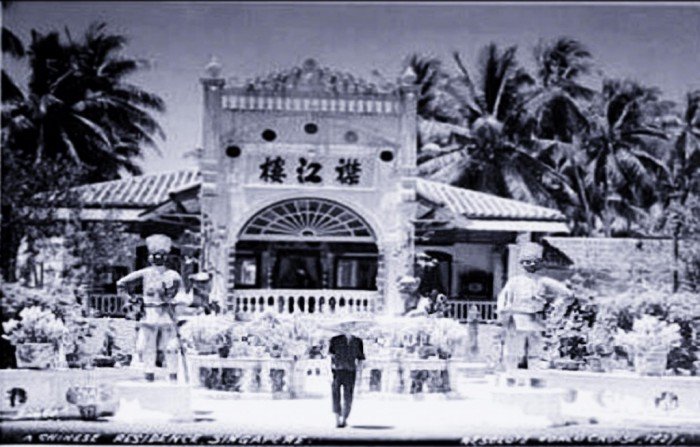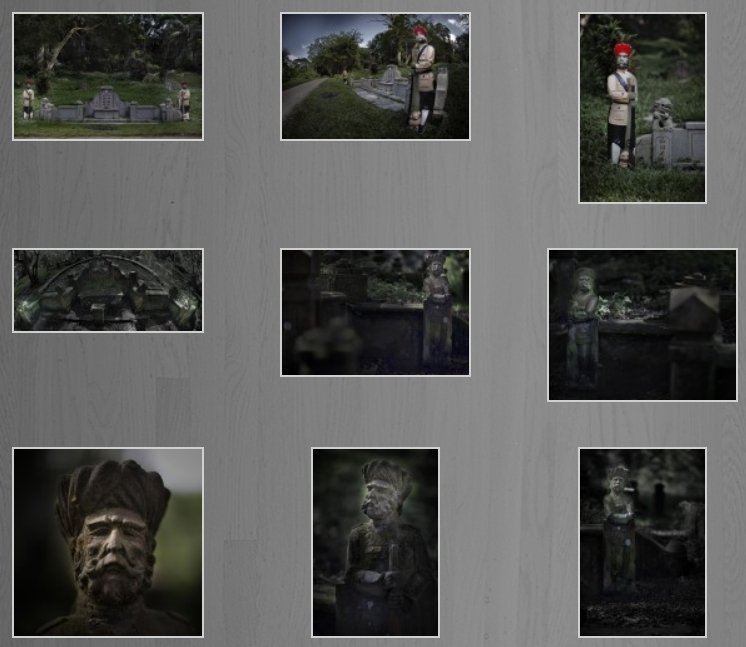| Reputation follows to grave | |||
|
Very early in my career, an experience with Mr. Chandrasekhar (General Manager) of Higginbothams Bookstore in Chennai, taught me the importance of being mindful of one’s conduct as reputation takes a long to build and can be destroyed in an instance. Year 1994, as a 27 year young executive with a multinational, I was based at Chennai (India), responsible for forging business alliances with local establishments. Mr. Chandrasekhar had proved to be impossible to meet by any of my predecessors. Going by the laws of probability, one would be better off not concentrating energy on him. One day, I still chose to walk into his office and presented my visiting card to his secretary. At that very moment, Mr. Chandrasekhar was rushing out of his office and we exchanged a momentary glance. I sensed a positive energy in his smile. Thirty minutes later, I was inside his office and surprisingly the business agreement was signed in that single meeting. I could not understand why my predecessors had failed. Few months later, in a follow up meeting, I asked Mr. Chandrasekhar why for years he had refused to meet representatives from our company, while with me he had made the entire engagement so smooth. He replied, “At the age of 20 years, when I first travelled to Delhi from Chennai, my mothers only advice was that on getting down at New Delhi railway station, I should not talk to any stranger and proceed directly to the taxi stand to engage a Sikh taxi driver to get me to the hotel.” So what does that have to do with him having been so receptive to me? I soon realized that he was following his heart as ingrained by his mother about the image of trustworthiness and honesty. That’s a lot of blind trust placed on an entire community. From that day, I became mindful that my actions should never marginalize the years of reputation built by elders of my community. Fast forward to October 2013, I was approached by two youngsters in Singapore, Ishvinder Singh (Ish) and Vithya Subramaniam (Vithya). They wanted me to partner to photograph statues of Sikhs guarding the graves of Chinese people at Bukit Brown Cemetery. Background to Bukit Brown Cemetery : A large land size, smack in the heart of Singapore island, houses over 100,000 tombs of Singaporean Chinese. It was opened in 1922 by Municipal Corporation and has been abandoned to nature since 1973. In the cemetery there are nearly 50 tombs with statutes of Sikh soldiers guarding them. The count of 50 is not official as graves tucked in the lap of natural vegetation continue to be discovered and the terrain in some areas is hard to navigate. In September 2011, the Land Transport Authority (LTA) announced the construction of a new road that would cut through Bukit Brown, effecting about 5,000 tombs. Fearing further development in the future, many groups have been rallying to “Save Bukit Brown Cemetery”, calling for preservation of a century old site. Ish expressed to me, “In 2011, when the government announced that a part of Bukit Brown Cemetery was to be re-claimed for a highway, I was not too concerned. Bukit Brown did not matter to me because the Chinese culture was foreign to me and I had no intentions of messing with the supernatural. Until one day on Facebook, I noticed a bunch of turbaned and bearded statues appear on my screen that looked so much like me! These were the Sikh statues of Bukit Brown and more than 24 pairs of them had been re-discovered by Mr. Peter Pak who had documented them on his blog. I was struck by the careful detail of the turban, handcrafted curl of the beard and the crafting of the Sikh Kirpan (ceremonial sword). I fell in love with Bukit Brown. I soon found myself rallying around the ‘Save Bukit Brown Cemetery’ campaign, feeling that this place mattered to me.” Ish’s engagement as a turbaned Sikh in the protection campaign was spotted by TEDxYouth@SG and he was invited to speak in the local youth chapter. Vithya’s previous trips to the cemetery abandoned to nature and in grip of vegetation making it tough to navigate in certain areas, made her a valuable partner in spotting tombs with statues of Sikh guards. The duo-team complemented well and they needed in me a mentor, someone with an experience in exploration and photography. The personal identities of Sikhs and Chinese, intermingling to form a collective identity of Singapore in the Bukit Brown Cemetery is reflective of the diverse history of this small island nation. Sikhs hail from Punjab. Indu (old name of India), the land mass on East of river Indus, a resource rich nation, attracted invasions by Central Asians via Afghanistan to loot, plunder and rule. Trend of repeated attacks since 9th century was only reversed in 18th century, when Sikhs succeeded in forming their own kingdom and sealing advances into India. While Punjab was secured by Sikhs, the British had succeeded in expanding their rule elsewhere in India between 1778 – 1845, with territory of British India stopping where the boundaries of Sikh kingdom started. Between 1845 – 1847, the two Anglo-Sikh wars led to annexation of Punjab and the Sikh kingdom into British India. The valor of Sikhs in these two wars did not go unnoticed. Thereafter, British started recruiting Sikhs as military and police personnel to be posted within India and in countries under rule of the crown. The British recruitment handbooks stated : “the Sikhs displayed masculinity, [were] fairly un-corruptable and made good policemen.” (Reference R.W. Falcon’s) The British reinforced adherence to the Khalsa (Sikh baptism lifestyle) identity through their recruitment policies. Only turbaned and bearded men of certain height and weight were accepted into the ranks. It was also made mandatory to maintain a turban and beard during the entire service period. British recognized that in the Sikhs belief of Khalsa tenets, lies their sense of discrimination between right and wrong, making them warriors of no match. As such, military service became a domain that could produce and police the British vision of a coherent Sikh identity. The Sikhs first came to Singapore in 1819 as military and police personnel of the British East India Company. In 1881, the Sikh Police Contingent (SPC) was established in Singapore. The SPC was highly regarded by the British and were deployed to various states in Malaya. The SPC was disbanded at the end of World War II in 1945 because of the role of Sikh policemen and military personnel in partnering with Japanese, under the umbrella of “Azad Hind Force” to march into India and free it from British rule. Not all Sikhs in Singapore found work as British policemen and military personnel as there were stringent recruitment requirements. Those who could not find employment in the colonial police forces found work as security guards and watchmen for private employers. So strong was the image of trustworthiness and honesty of the Sikhs that Chinese businessmen were known to entrust their family’s entire security to Sikh bodyguards. The Sikh watchmen were known as jagas (Malay word for “guard”) and they could be found guarding banks, godowns, major stores and school compounds. It is with this background that one needs to see why some Chinese businessmen on death of their family members, felt the need to erect statues of Sikh bodyguards. Standing alongside other statues of Chinese Gods and angels, it is a testimony of the image of the Sikhs. The Sikh guards are not just security guards at these graves. Instead they are elevated to guardians of afterlife. So strong was the impact and imagery of Sikhs that one Chinese businessman had also erected two large statues of Sikh bodyguards at the entrance of his residence. The picture below is from Singapore archives, clicked in 1939, showing two Sikh statues at the entrance. This house does not exist in modern Singapore.
This has been a fun project to work with Ish and Vithya. While we have only succeeded in photographing 8 tombs with Sikh statues but there are many more to be discovered and photographed. Fortunately the Land Transport project, impacts only one grave with the Sikh statue, which will soon be exhumed. As some Singaporean Chinese continue to voice themselves under the banner of “Save Bukit Brown Cemetery”, I see an opportunity for the Sikh community to come forward and also voice the need to protect this heritage site. This would truly reflect the intermingling cultural history of this nation. In order to continue with the project to photograph all the graves with statues of Sikh bodyguards, I encourage the youth of Singapore Sikh community to form a team with Ish and Vithya to help identify the graves so I can continue to photograph them professionally. Bukit Brown Cemetery is a shared heritage indeed. More importantly, Bukit Brown Cemetery reminds us the importance of being mindful of our daily conduct as over time it creates a reputation. Indeed, reputation does follow to the grave! Click image below to view series in large size. ##### The team that made this project possible :
|





